
|
tag questions
difficult tag questions.
Level: advanced
Age: 14-17
Type: worksheet
Downloads: 15
|
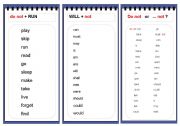
|
NOT or DO NOT
this is a very efficient way to teach present simple negative form to the little ones.
Of course, it takes more than one worksheet to teach it, but it helps a lot because it makes it very clear.
The layout is from MENA.
Level: elementary
Age: 8-17
Type: worksheet
Downloads: 3
|

|
read think and colour activity - 4
good for aimed reading and thinking process development. Also you can read the text aloud and the sts do the colouring ( if little ones)Besides, using all the pictures sts can find the difference between them. and so on and on and on... I didn´t manage to fit all my pages in one ws. See the beginning on http://www.eslprintables.com/buscador/au...
Level: intermediate
Age: 9-17
Type: worksheet
Downloads: 54
|

|
reported speech
a very useful training for reported speech tenses. You can make lots of steps like these and train the sts as long as they need up to their best skills in this rule.
Level: intermediate
Age: 10-17
Type: worksheet
Downloads: 9
|
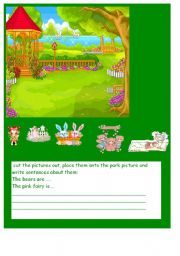
|
in the park
read - do - write
Level: elementary
Age: 7-17
Type: worksheet
Downloads: 5
|
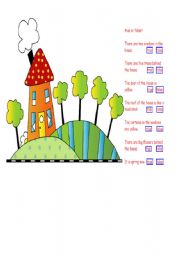
|
true or false?
children have to read, understand, look closely and be attentive to answer correctly
Level: elementary
Age: 8-17
Type: worksheet
Downloads: 12
|
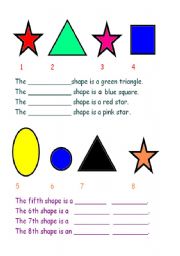
|
colours , shapes and ordinals
easy for colours and ordinals
Level: elementary
Age: 8-17
Type: worksheet
Downloads: 4
|
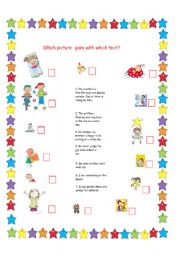
|
which picture goes with which text?
good for aimed reading. After the task is done, sts can compose their own sentences for the rest of the pictures and present them orally to their classmates or in written form. The pcts are taken from the internet.
Level: intermediate
Age: 10-17
Type: worksheet
Downloads: 8
|
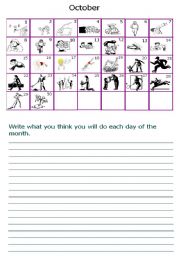
|
Future (or Past) Simple drilling
Doing this worksheet sts can drill the Future ( or Past) tense using numbers.
Besides, they can ask questions about a certain day of the week when their partner will (or did) ride a horse for exmpl.Besides, they can make interrogative questions in the Future (or Past) tense. It"s both for pair and class work. They can either write or say the sente...
Level: elementary
Age: 8-17
Type: worksheet
Downloads: 6
|
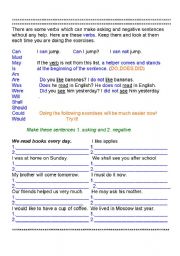
|
helping verbs
pay attention. I use very simple explanation of how to use or not to use the auxilary verbs. If the teacher reads the rule for the young students and helps them understand it this way, they will easily make negative and interrogative forms. My children have fun doing it which helps them learn.
Level: elementary
Age: 7-17
Type: worksheet
Downloads: 14
|